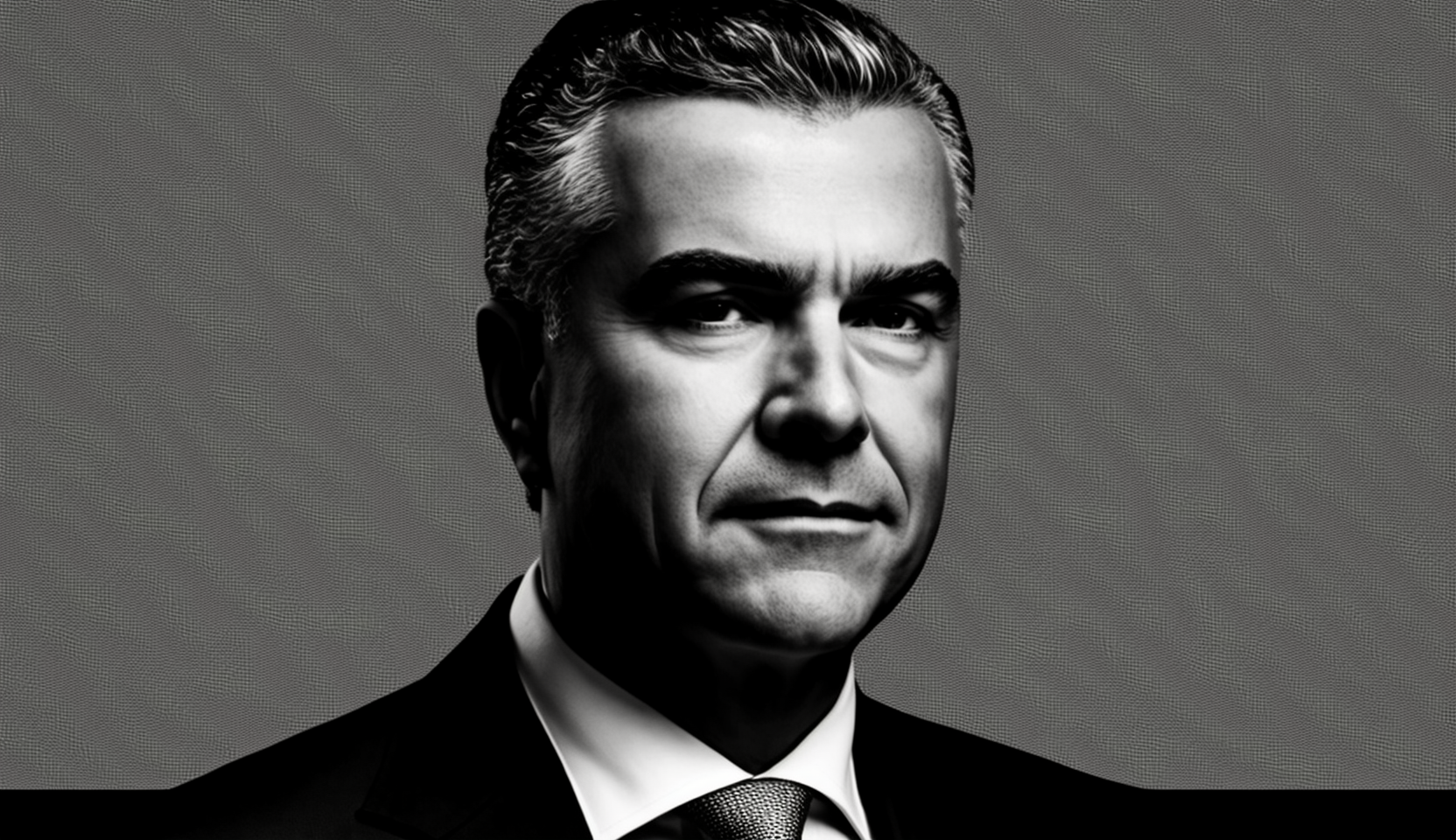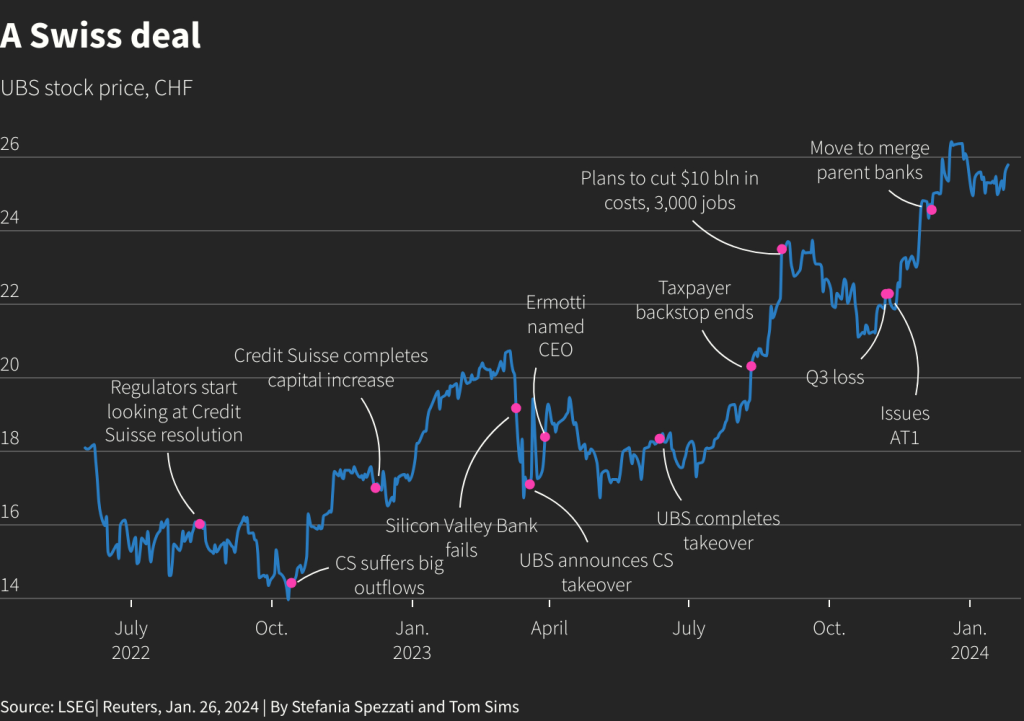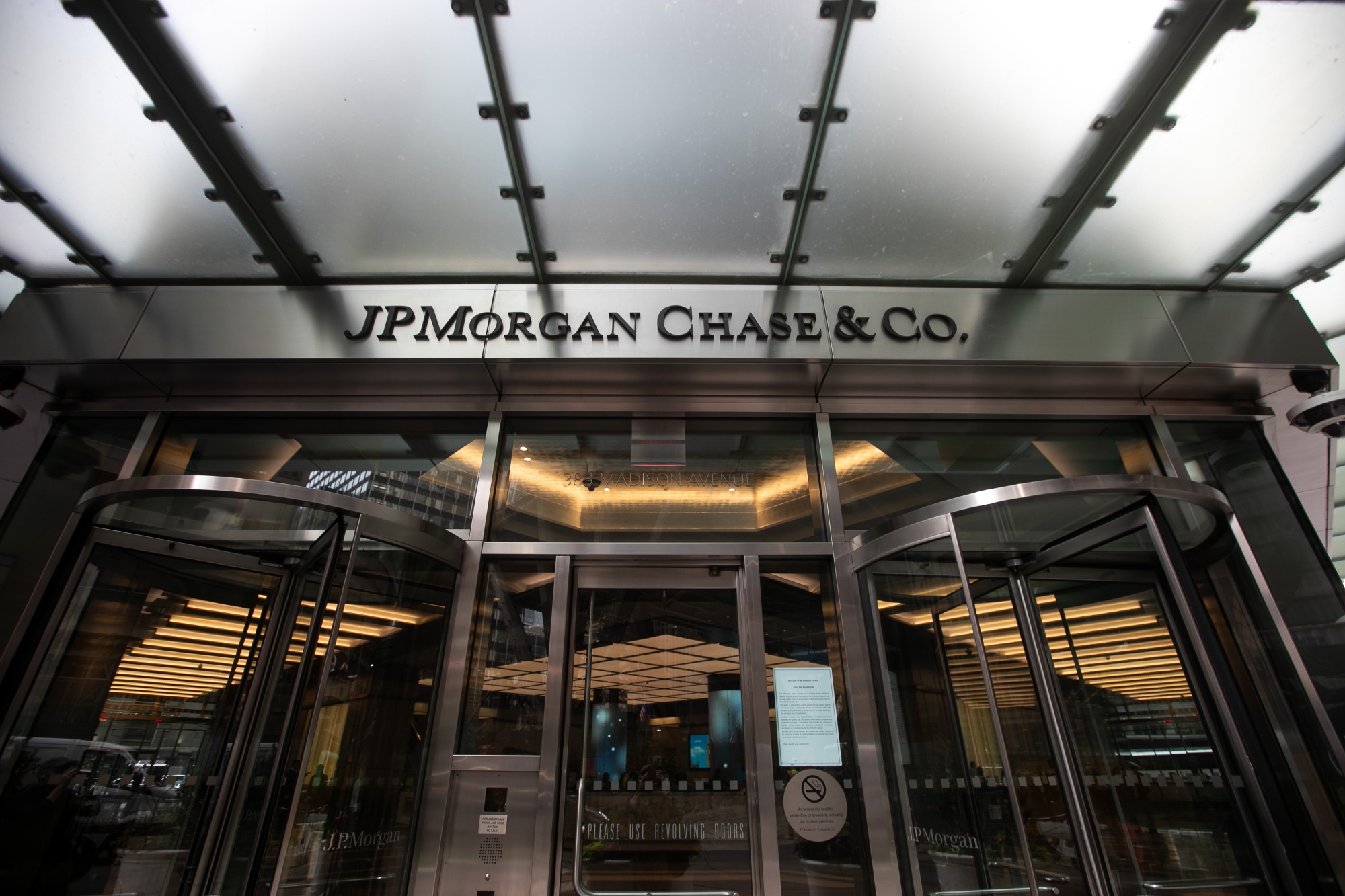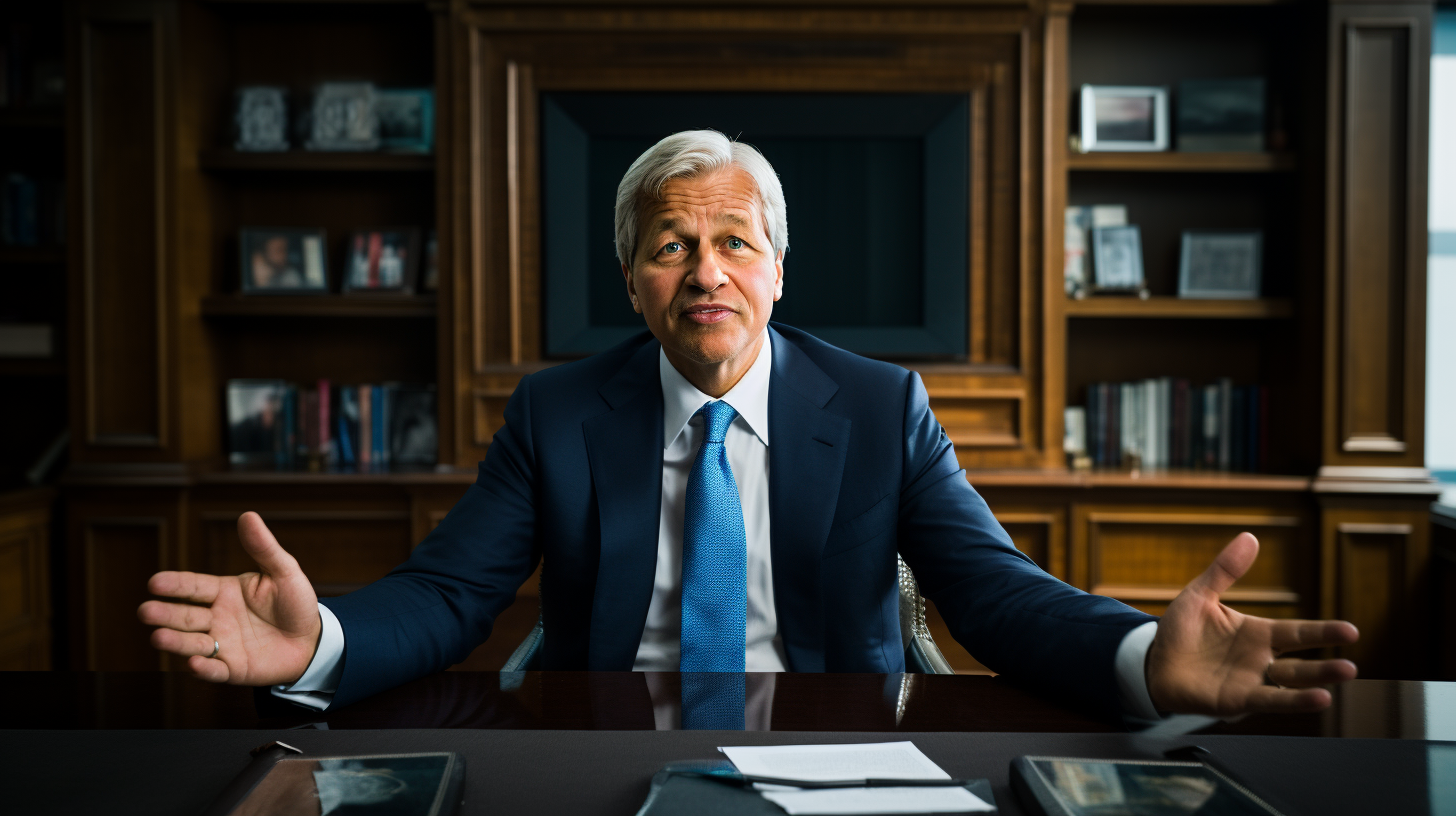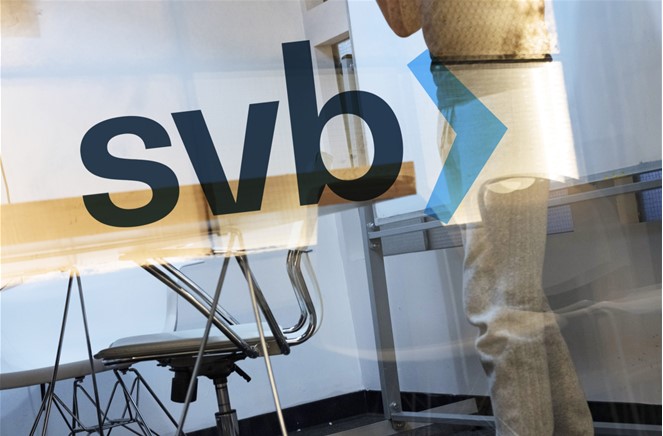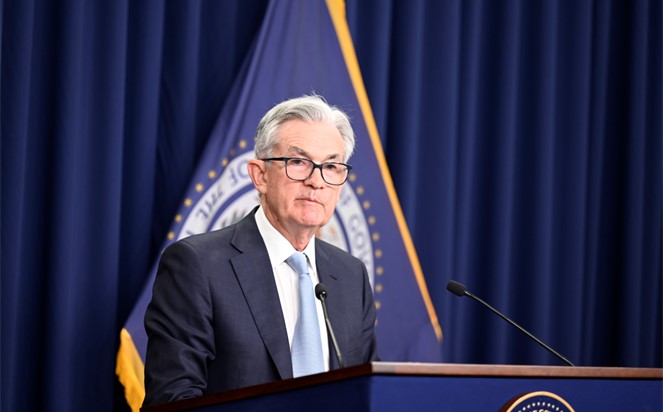Associated Bank is accelerating its Midwest expansion strategy with a major acquisition that will reshape its competitive position across the central U.S. The Green Bay, Wisconsin–based lender announced Monday that it will acquire Omaha, Nebraska–based American National Bank in an all-stock deal valued at $604 million, marking one of the most significant regional banking transactions of the year.
The acquisition will bring Associated Bank an additional 33 branches across Nebraska, Minnesota, and Iowa and add $5.3 billion in assets, $3.8 billion in loans, and $4.7 billion in deposits to its balance sheet. When the deal closes—expected in the second quarter of 2026—Associated will instantly become the No. 2 bank in the Omaha metro area and the No. 10 bank in Minneapolis–St. Paul based on deposit market share.
A Strategic Entry Into a High-Growth Market
Some industry analysts described the bank’s entry into Omaha as unexpected, but Associated Bank CEO Andy Harmening pushed back against that view. Omaha, he said, fits seamlessly into the bank’s geographically connected strategy and represents “a great banking market” with strong population gains, accelerating economic growth, and a business community deeply embedded in the region.
Harmening also emphasized the importance of acquiring an institution with strong local roots. American National Bank, founded in 1856, has long served as a leading financial partner for middle-market and family-owned businesses—a customer base that aligns well with Associated’s own commercial banking focus. The CEO noted that local connectivity was essential: “If you’re going to buy a bank in Omaha … you better have connectivity to the community, and we do.”
How the Partnership Strengthens Both Banks
For American National, the acquisition brings a valuable expansion of capabilities. It will gain access to Associated Bank’s broader product set, including capital markets services, equipment finance solutions, and more robust consumer banking tools. These additions are expected to enhance the bank’s ability to compete in its core commercial markets while offering customers a more comprehensive suite of financial services.
Associated Bank, meanwhile, will benefit from American National’s deep customer relationships and its portfolio of roughly 79,000 deposit accounts. The acquisition solidifies Associated’s presence in key markets where it has long sought additional scale and strengthens its position as a leading Midwest regional bank.
Under the terms of the transaction, American National shareholders will receive 36.250 shares of Associated stock for each of their own shares, giving them a 12% stake in the combined company, while Associated shareholders will hold the remaining 88%.
Financial Impact and Leadership Structure
From a financial standpoint, the deal is projected to be 1.2% dilutive to tangible book value per share at closing, with an expected 2.25-year earnback period. However, by 2027, it is anticipated to be 2% accretive to earnings per share, adding meaningful long-term value for shareholders.
As part of the agreement, American National co-chairperson and co-CEO Wende Kotouc will join Associated’s board, ensuring continued representation from the Omaha market. Meanwhile, fellow co-CEO John Kotouc will remain involved in a consultancy role as the banks integrate and expand their regional collaboration. The institutions also plan to establish an Omaha advisory board to support community-focused decision-making.
Growing Consolidation Across the Midwest Banking Landscape
This acquisition comes amid a surge in regional bank consolidation across the Midwest. Just weeks earlier, another Green Bay-based institution, Nicolet Bankshares, announced its $864 million purchase of MidWestOne Financial Group. Industry analysts say rising technology expenses, succession issues, and the increasing importance of scale are pressuring smaller banks to merge with larger regional players.
While Harmening stressed that Associated Bank does not intend to become a frequent acquirer, he acknowledged that opportunities fitting the bank’s long-term strategy will continue to be evaluated. The American National deal, he said, represents “the right partner, the right time, and the right markets,” reinforcing Associated’s commitment to serving the communities and businesses that define the Midwest.




